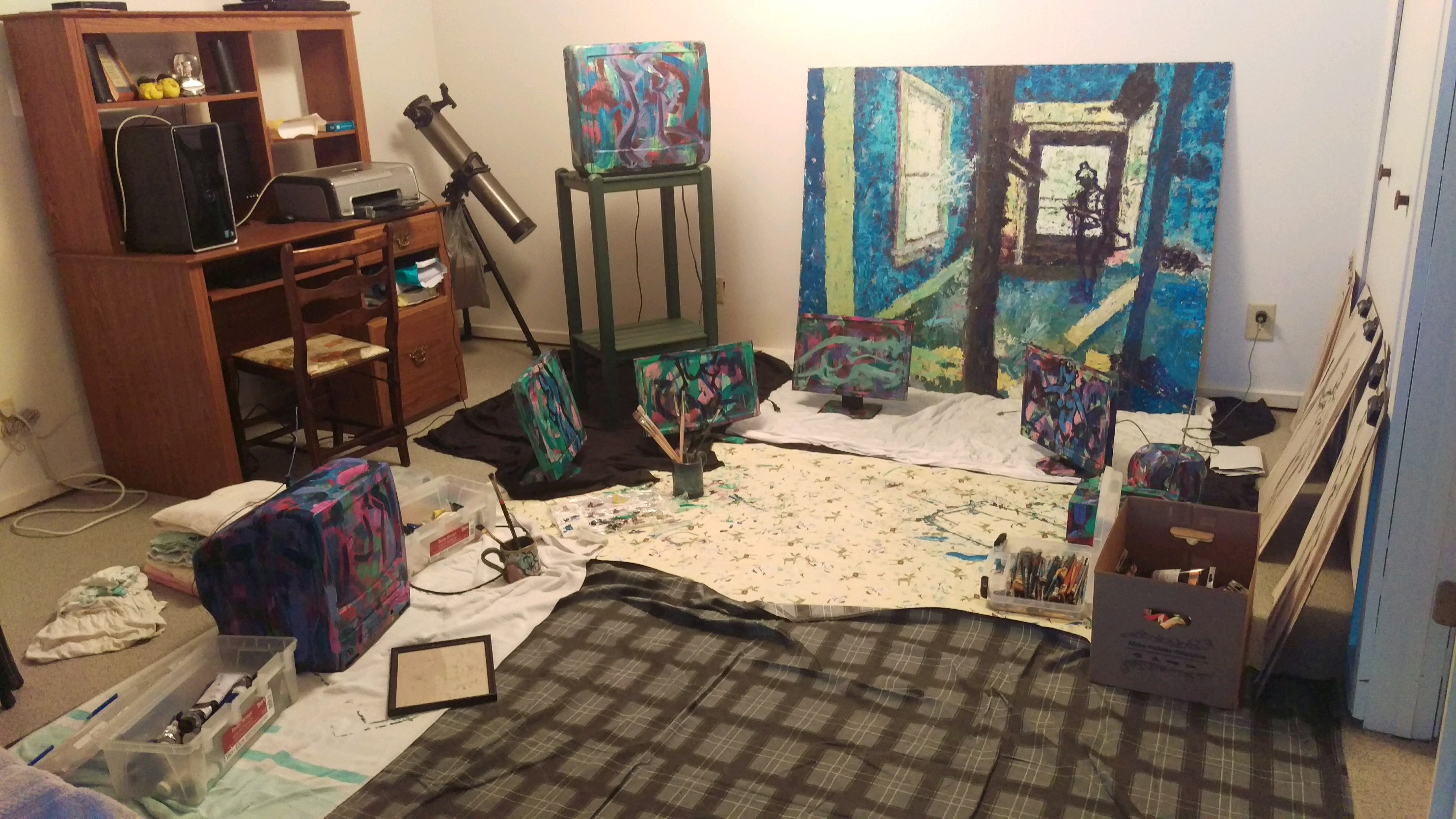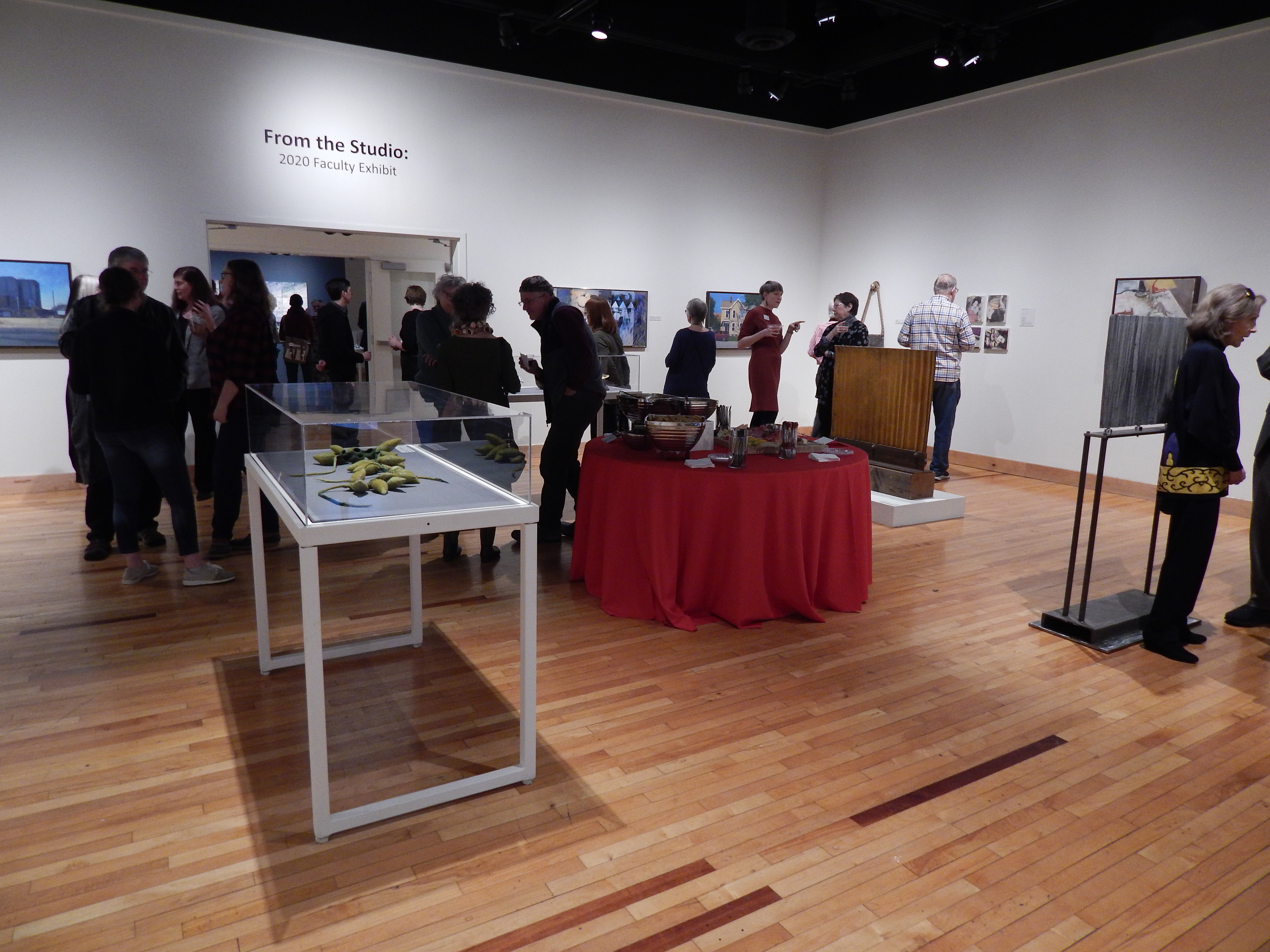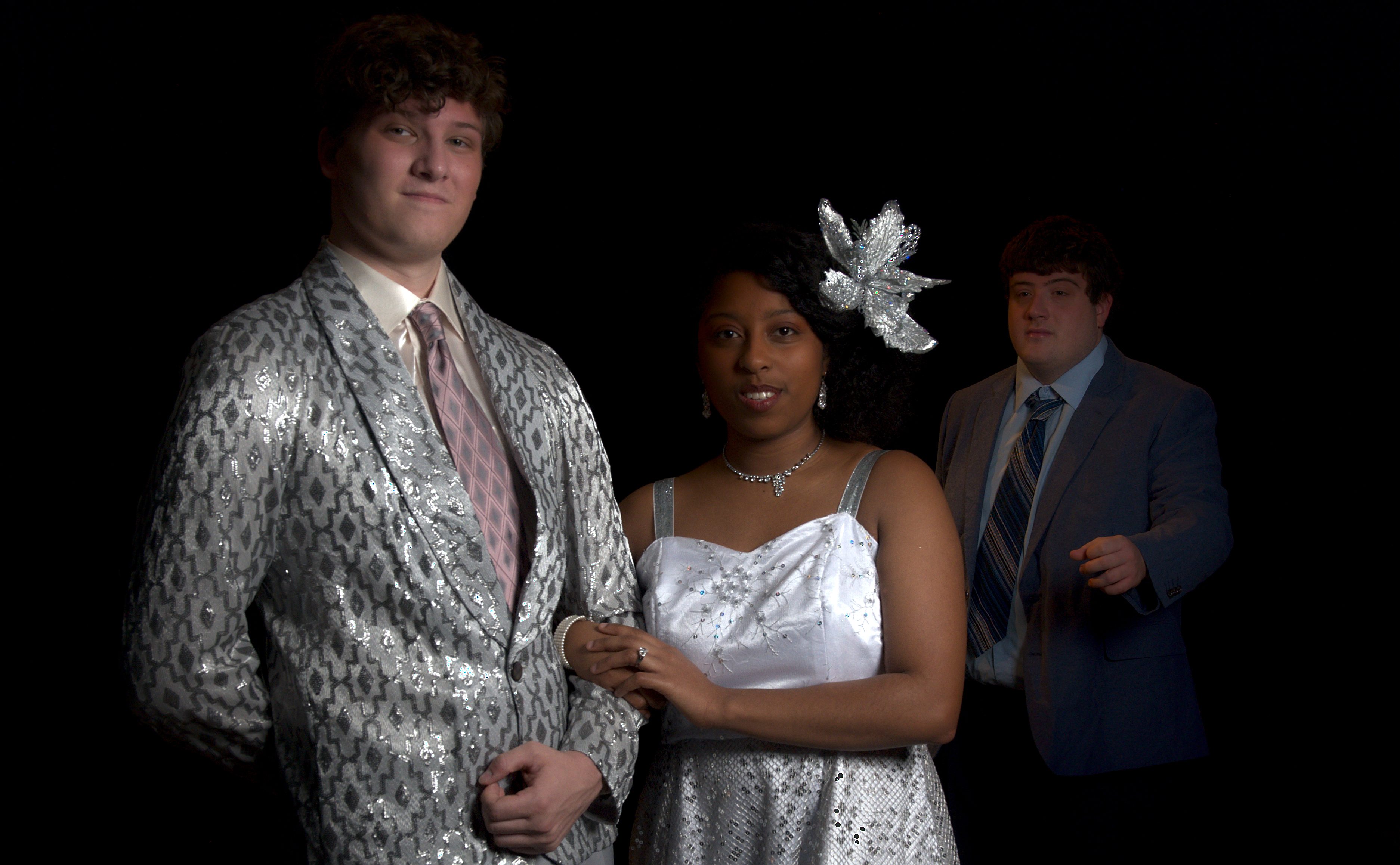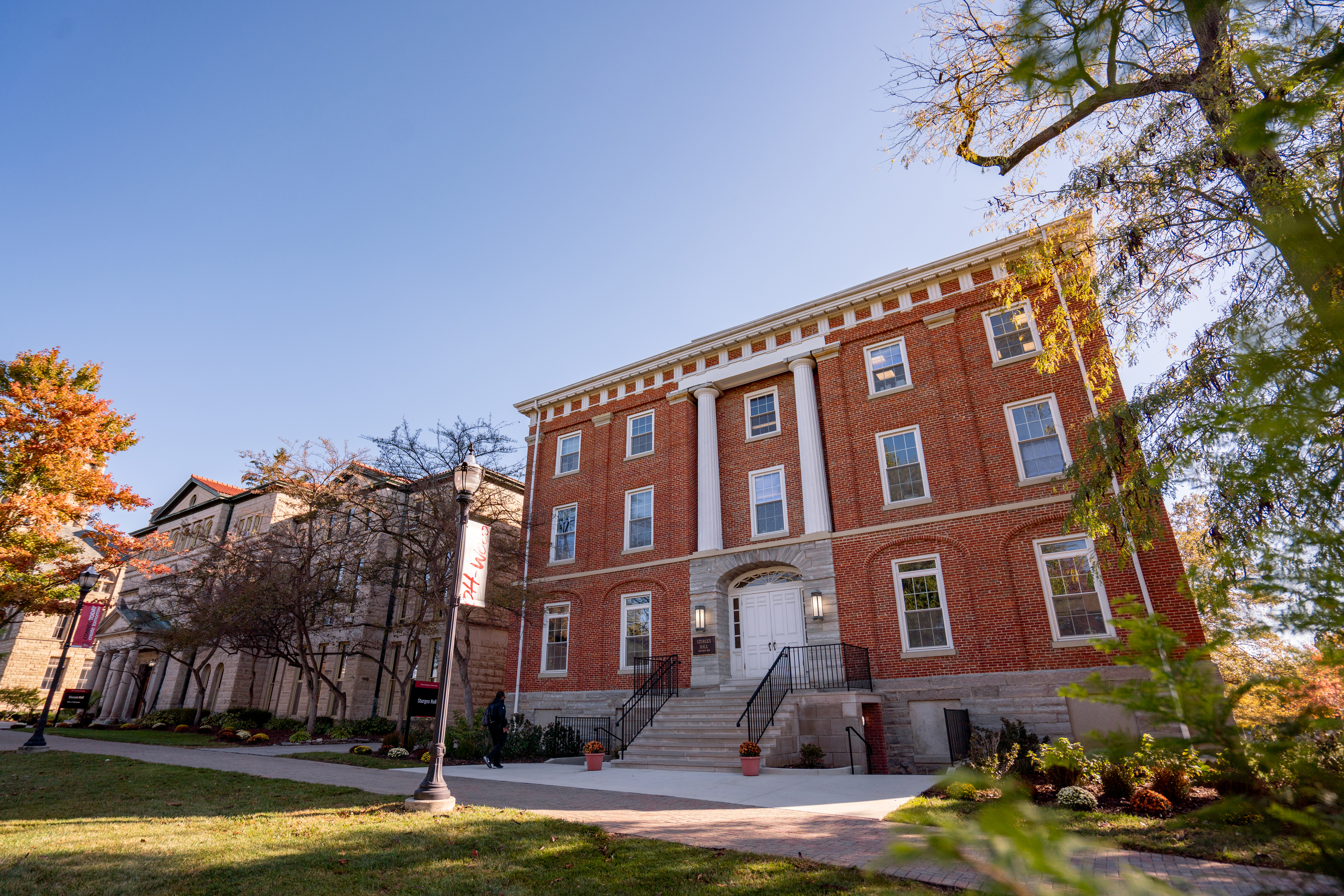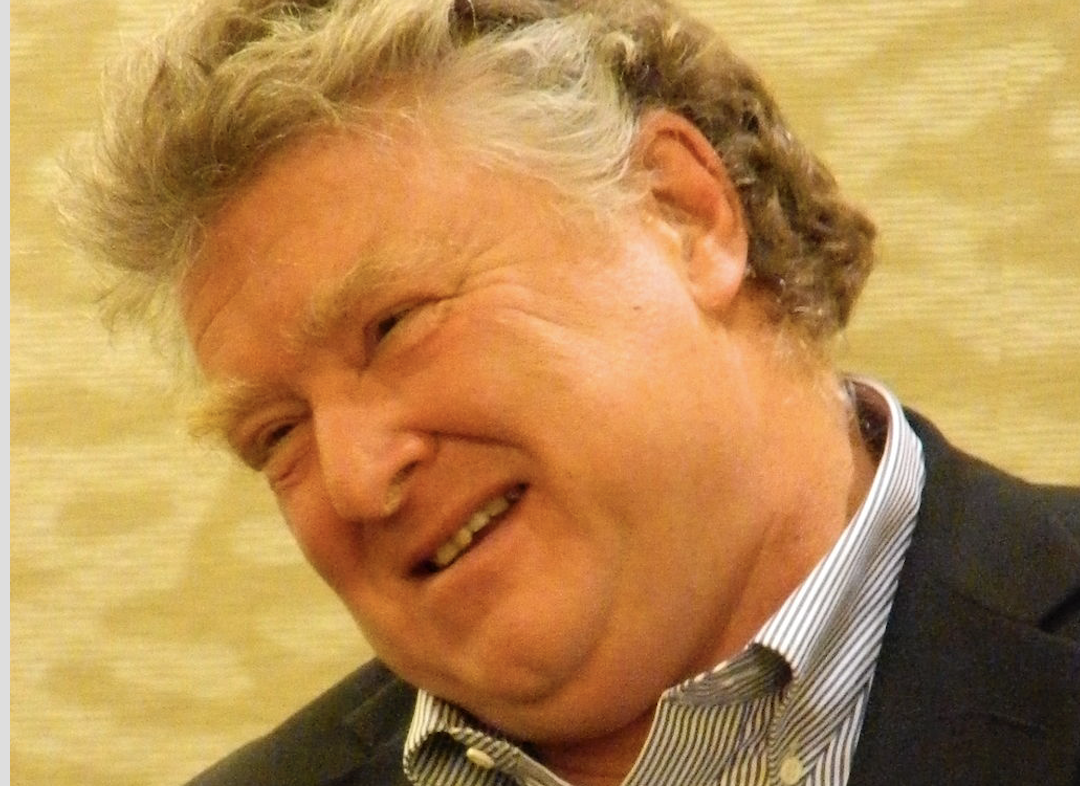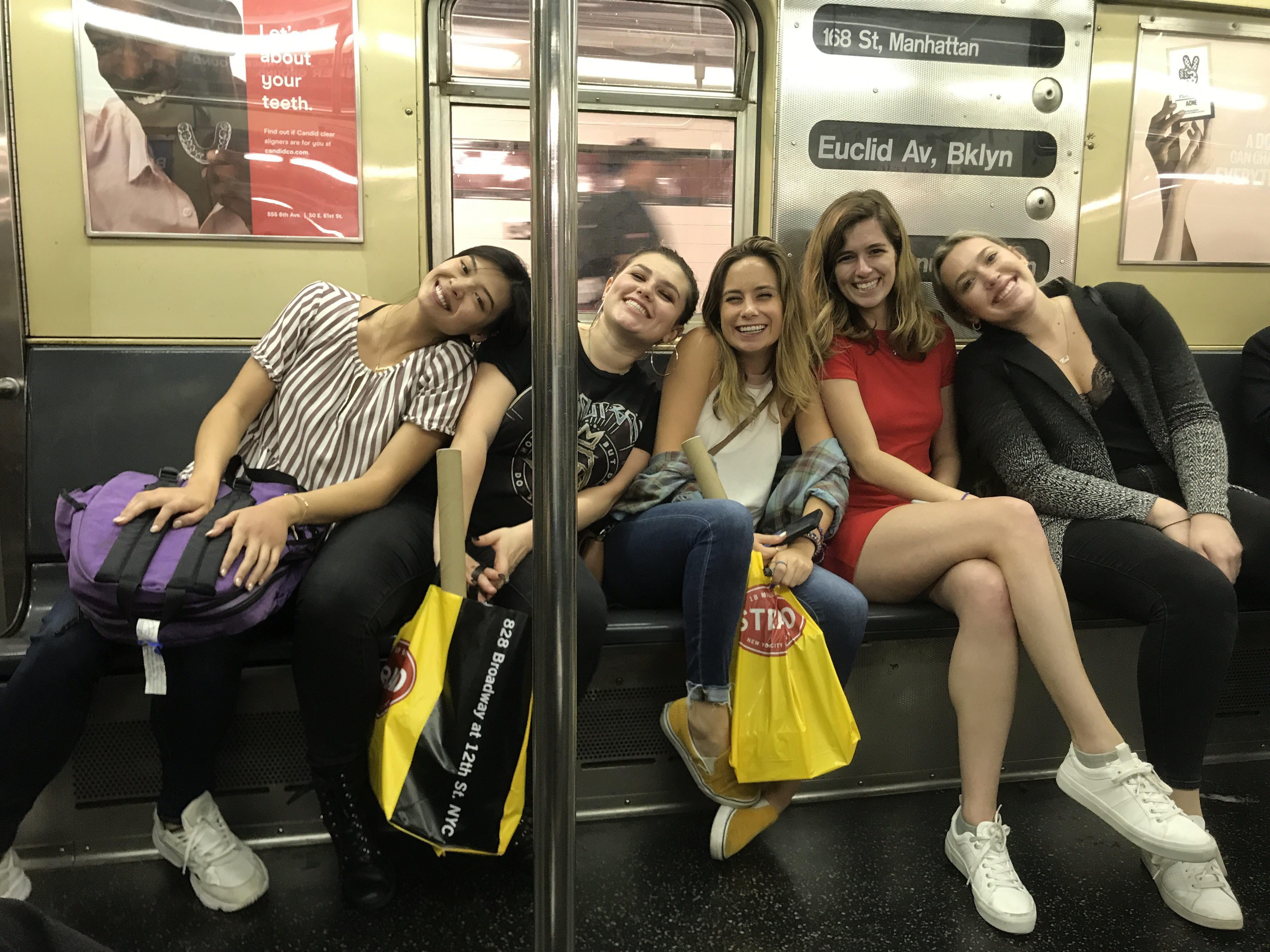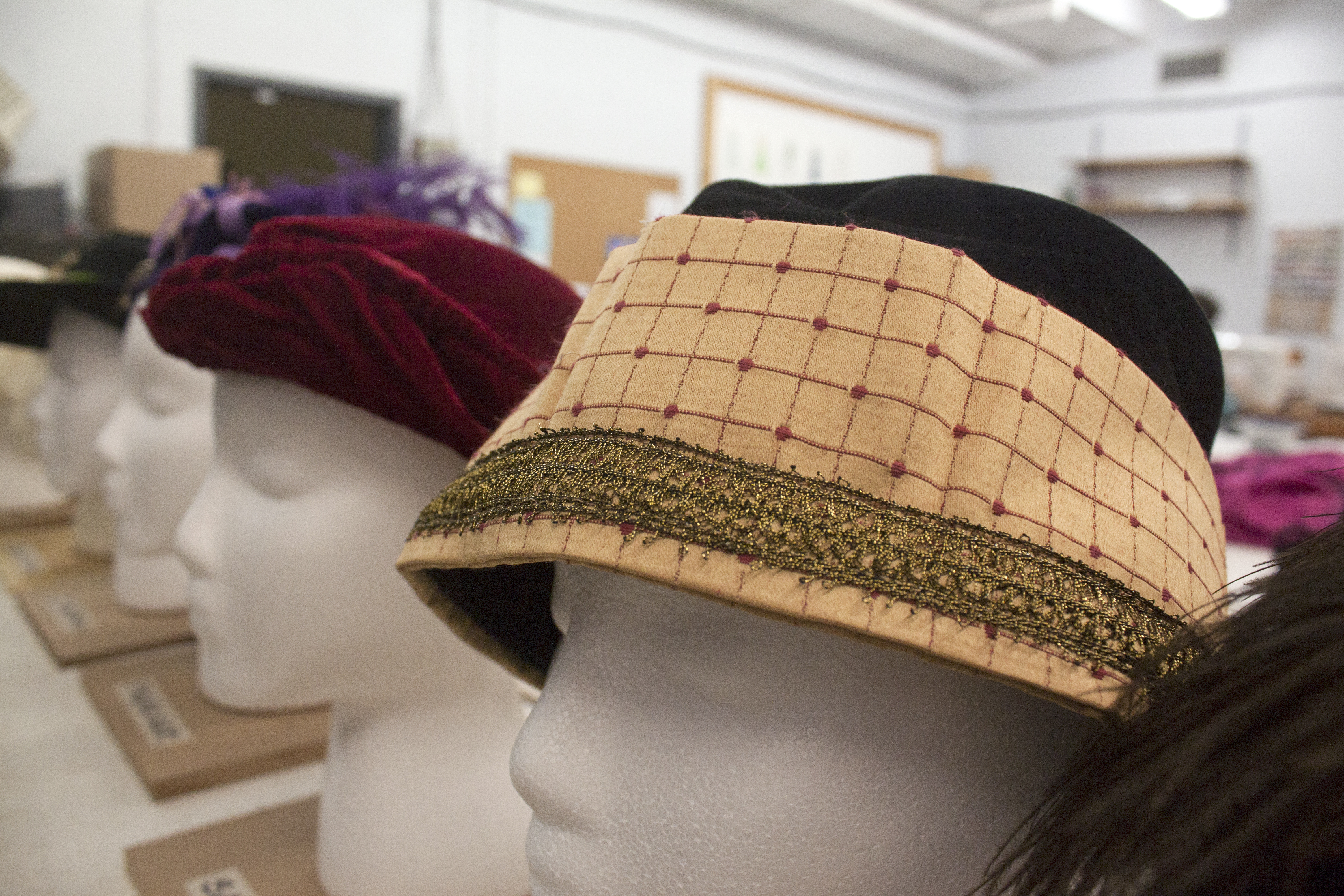Katie Cantrell and Meg Edwards
Transcript correspondents
kmcantre@owu.edu
mmedward@owu.edu
Remote teaching may work well for some disciplines at Ohio Wesleyan, but some of its limitations and the complete closing of campus has thrown some programs into turmoil.
Much of the academic logistics in programs like fine arts, music and theater have been flipped upside down. Furthermore, students participating in travel learning courses, theory-to-practice grant projects and small grant projects were told to pack up and leave their programs early.
Meanwhile, faculty and staff have been helping students rescheduled projects planned for May and June, which were canceled.
“Luckily, we have been able to get full refunds, no-fee cancellations or no-cost transfers on bookings,” said Darrel Albon, OWU’s director of international and off-campus programs.
“Our New York Arts Program had students not only from OWU, but also from other colleges and universities … returned home and (we) have made arrangements with their internship sponsors and NYAP faculty to complete their seminar and research assignments and complete work on their internships.”
OWU’s fine arts programs and its students are also struggling to fashion a pathway on the road to remote teaching when these disciplines normally require hands-on projects and in-person showcases.
The senior art show, which exhibits work from all Ohio Wesleyan fine arts seniors, is one of many on-campus events and activities being reconfigured in the wake of the COVID-19 campus closures.
The museum staff and the members of the fine arts department have been collaborating to try and figure out a solution that will allow seniors within the major to have their year-end required exhibit, said Erin Fletcher, the director of the Ross Museum, who is working with Jim Krehbiel, a professor of fine arts.
“Jim and I have been in close contact since returning from break,” she said. “I liaise with the museum staff and Jim liaises with the fine arts faculty,” she said. “We have all been working diligently to find a way to represent senior work.”
Faculty and staff have proposed multiple solutions, such as rescheduling or other more creative options, but they’re still figuring out how this exhibit will be done this year. Seniors will be the first to know once they have everything figured out, Fletcher said.
One problem is deciding how to showcase student’s artwork without an audience because people can’t go to the museum when the show is typically held.
The museum currently has a virtual 3-D tour of the faculty exhibit because it was set up before the facility was closed to the public and the staff was required to leave campus, Fletcher said.
“We do these 3-D tours from time to time for special exhibits. We have not done them for all exhibits in the past due to the expense,” Fletcher said.
Meanwhile, student artists struggle with completing their work in familiar, but not academic, surroundings.
Senior Rory Gleeson was planning to take a gap year to continue building her painting and drawing portfolio for graduate school applications when she learned OWU was closing. She since has moved back to her parents’ home, in New Plymouth, Ohio and spent days clearing out an old computer room to serve as a make-shift studio.
“The space is small, cold and has terrible lighting and I don’t have easels at my house to hold large work, so mostly I’ve just had to sit uncomfortably on the floor in order to work,” she said in a phone interview.
Gleeson said she hopes students are refunded for their studio fees, because “my home setup just really does not compare.”
Gleeson said the process of framing pieces and preparing them for display in Edgar Hall would take multiple days. She is worried she will not be able to travel to Delaware and stay in a hotel for the show if it is rescheduled.
“I feel like that, combined with the ongoing pandemic, is going to delay just generally getting on with my life after graduation,” she said.
Professors are feeling their students’ pain.
Kristina Bogdanov, an associate professor of fine arts, said she is leaning toward a flexible schedule online to better accommodate the needs of all students and is extending office hours so all students, especially those struggling with remote learning, can easily ask for help.
Bogdanov teaches three levels of drawing courses and three levels of ceramics, but remote teaching will be especially hard with ceramics. It is a three dimensional art requiring clay, a place to work with the clay and a place to dry and fire the clay.
For seniors, it’s rough because they were supposed to start working on finishing their work for the required-for-graduation senior showcase.
“It’s sad for the seniors, not having time to have that moment of their actual senior exhibition,” Bogdanov said. “It will happen, but that definitely can never be replaced online as reality is with the museum and reception and so forth.”
Another casualty to the pandemic – the March upper-level class trip for a national conference for ceramics art and education in Richmond, Virginia.
This rapidly changing situation has also affected the Department of Theatre and Dance, which has lost all audiences for the near future. The spring musical was to be “The Secret Garden” by Marsha Norman, based on the 1911 novel by Frances Hogsdon Burnett. It has been canceled.
Glen Vanderbilt, a professor in the department and director of the musical, said he polled students about performing at the start of fall semester, doing what they had already worked on. Many expressed interest, but Vanderbilt said the actors in several feature roles would need to be recast, which proved “too big of a mountain to climb over.”
“I know the students were very low when the closure ramped up to full time,” he said in an email.
Theater classes are using “Meet,” online meeting software offered by Google Hangouts. Vanderbilt said one big problem is students failing to respond to email, making it difficult to evaluate work.
Theatre majors, like seniors Sarah Gielink and Monty Almoro, are experiencing some of the same headaches as their fine arts peers.
Both planned to present their senior project this spring, a requirement for all graduating theater majors.
Gielink and Almoro had written their own adaptation in Spanish of the 17th century Spanish comedy “Life is a Dream,” which was the culmination of years of work by ten students and faculty. They had a theory-to-practice grant and had begun rehearsals, but will finish the year by writing a reflection on their experiences.
“The first announcement alone hit hard, when events were canceled through March 29,” Gielink said. “Then the next day came the cancelations through April 5, which meant we lost Terpsicorps too, and then the day after that the whole semester. I just remember feeling like nothing was left.” Terpsicorps is a student led dance performance with various styles and themes
Gielink said now that she has had time to process, the loss of the productions has become another part of “the new normal.”
“I know we’re both proud of the work we’ve done and our whole team has had our backs the entire time,” she said.“Looking back, I’m so glad that we got to work together and come this far.”
The pandemic and all it has created impacted students both on campus and those in off-campus learning environments.
Albon, director of those programs, said everyone in his department has been working diligently.
The department has been helping students, scattered around the globe, to return home while ensuring their immigration records and visas are in order. All the students that had been approved for roughly a dozen different off-campus credit programs have now returned home and are participating in remote learning like the rest of the OWU student body.
Albon’s office has also been planning and preparing for fall 2020 programs.
“We have not heard a word from any of our international or domestic partner institutions and programs about fall program changes or cancellations, but this situation is still developing,” he said. “Our partners are communicating with us regularly and we are communicating with them too, (which includes) our OWU folks in New York city at the NYAP likewise.”
